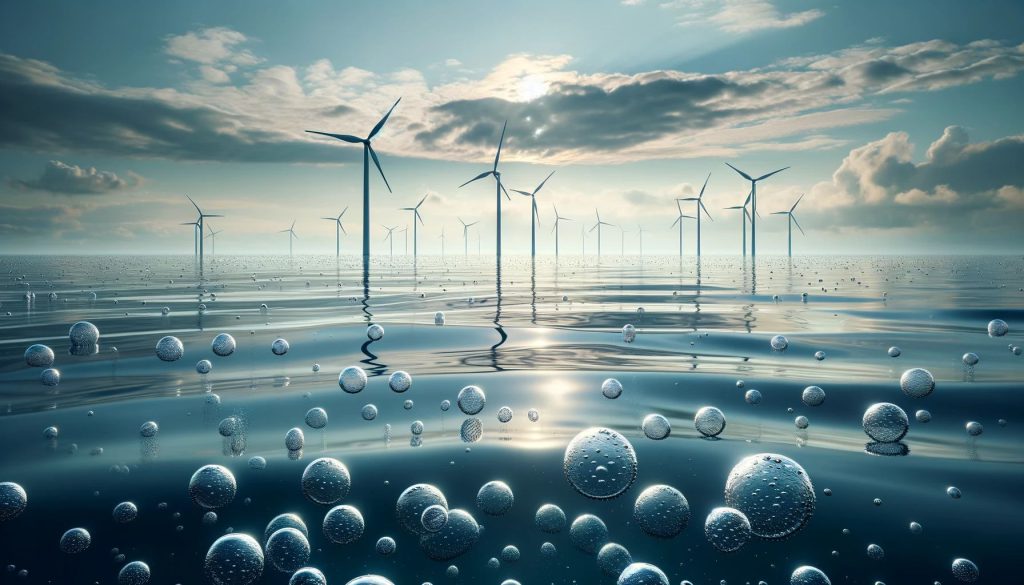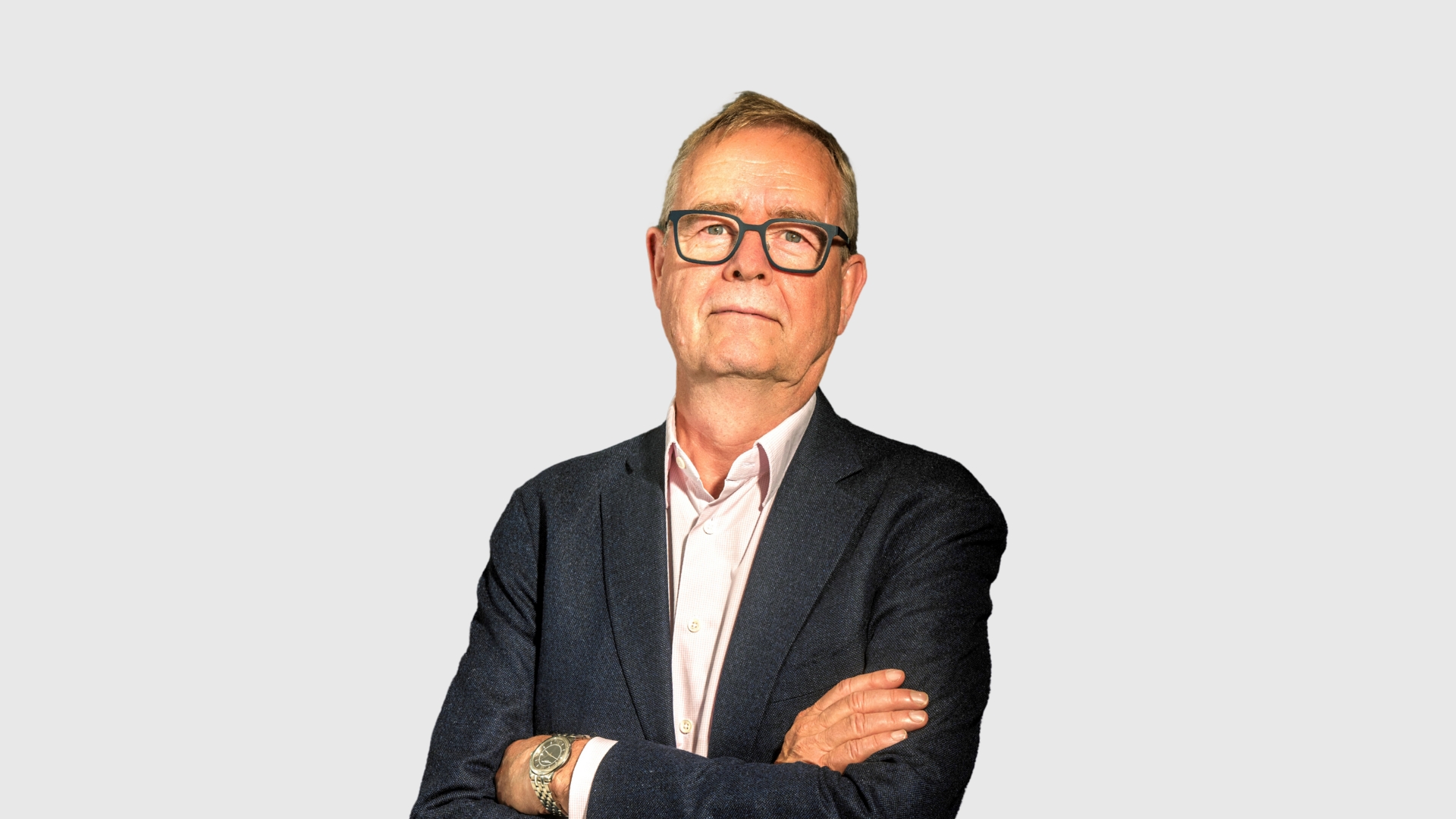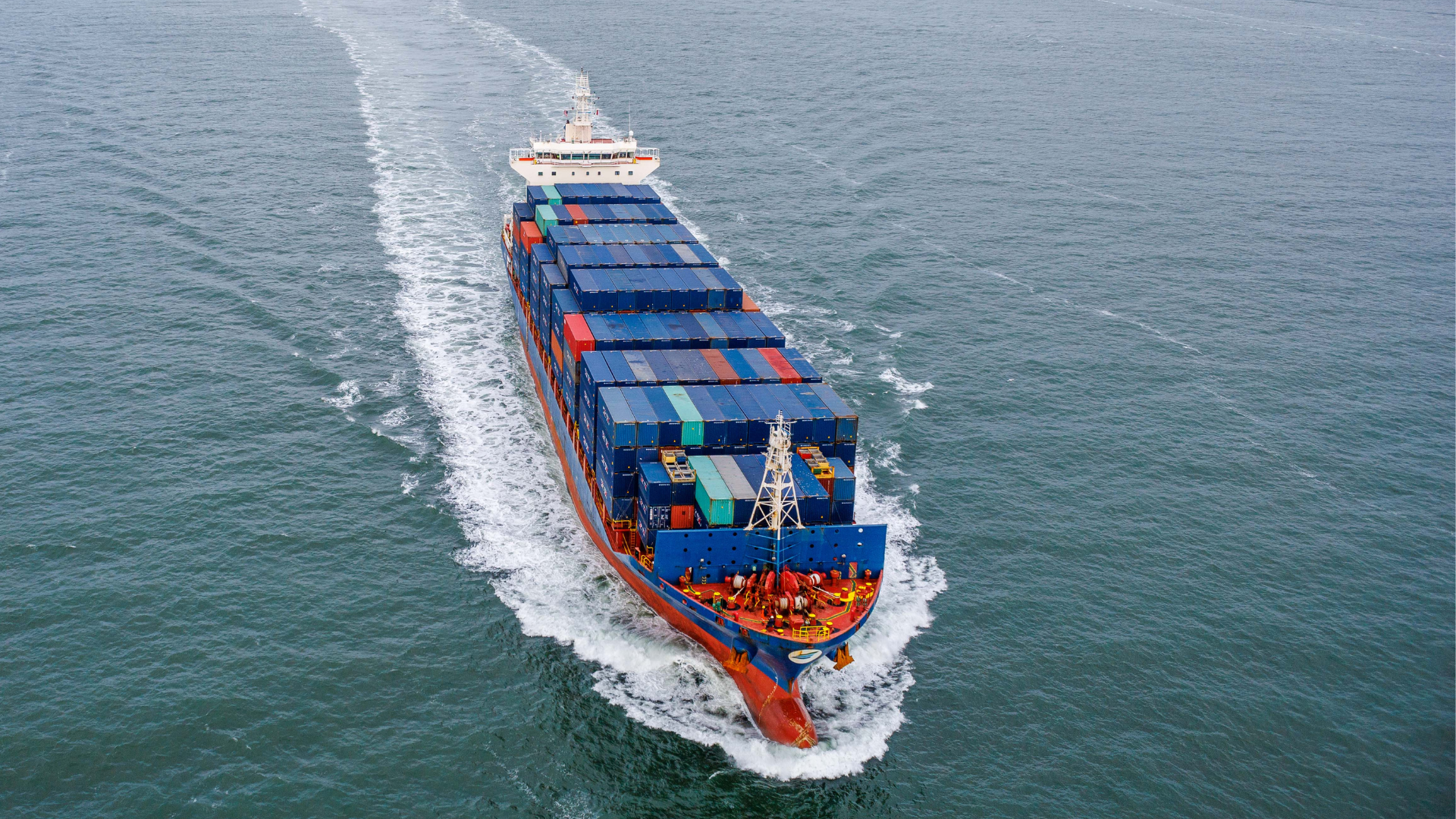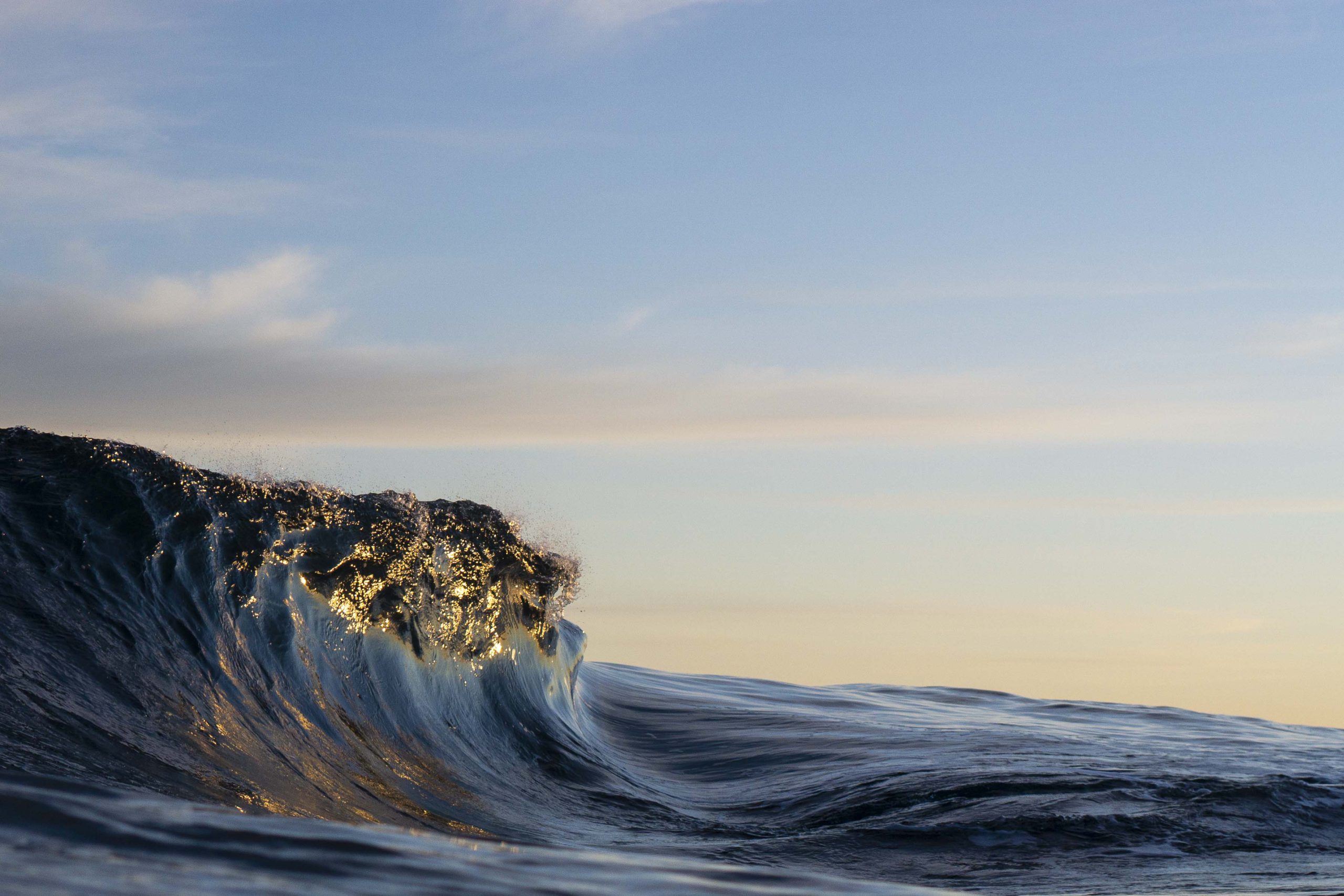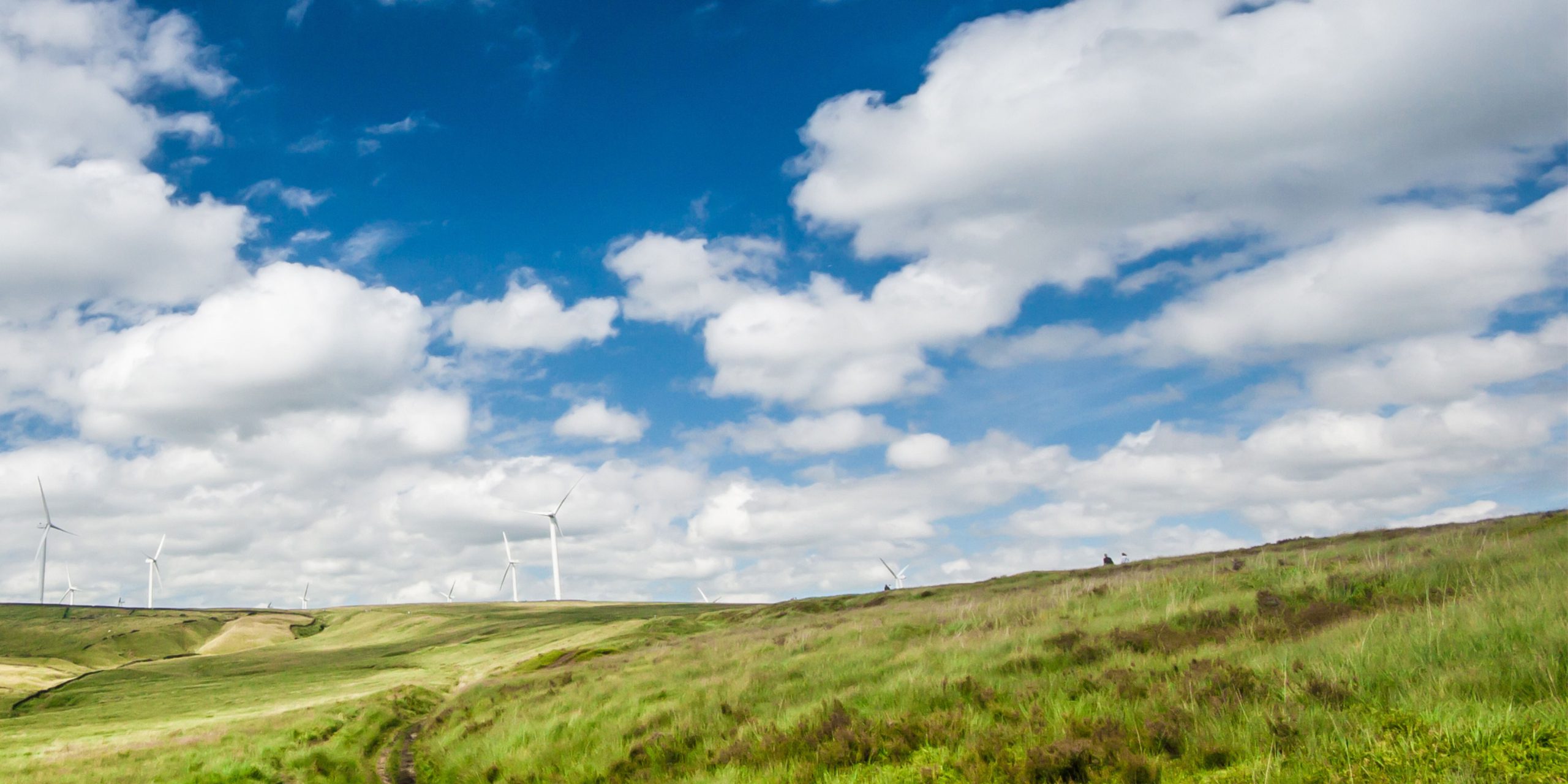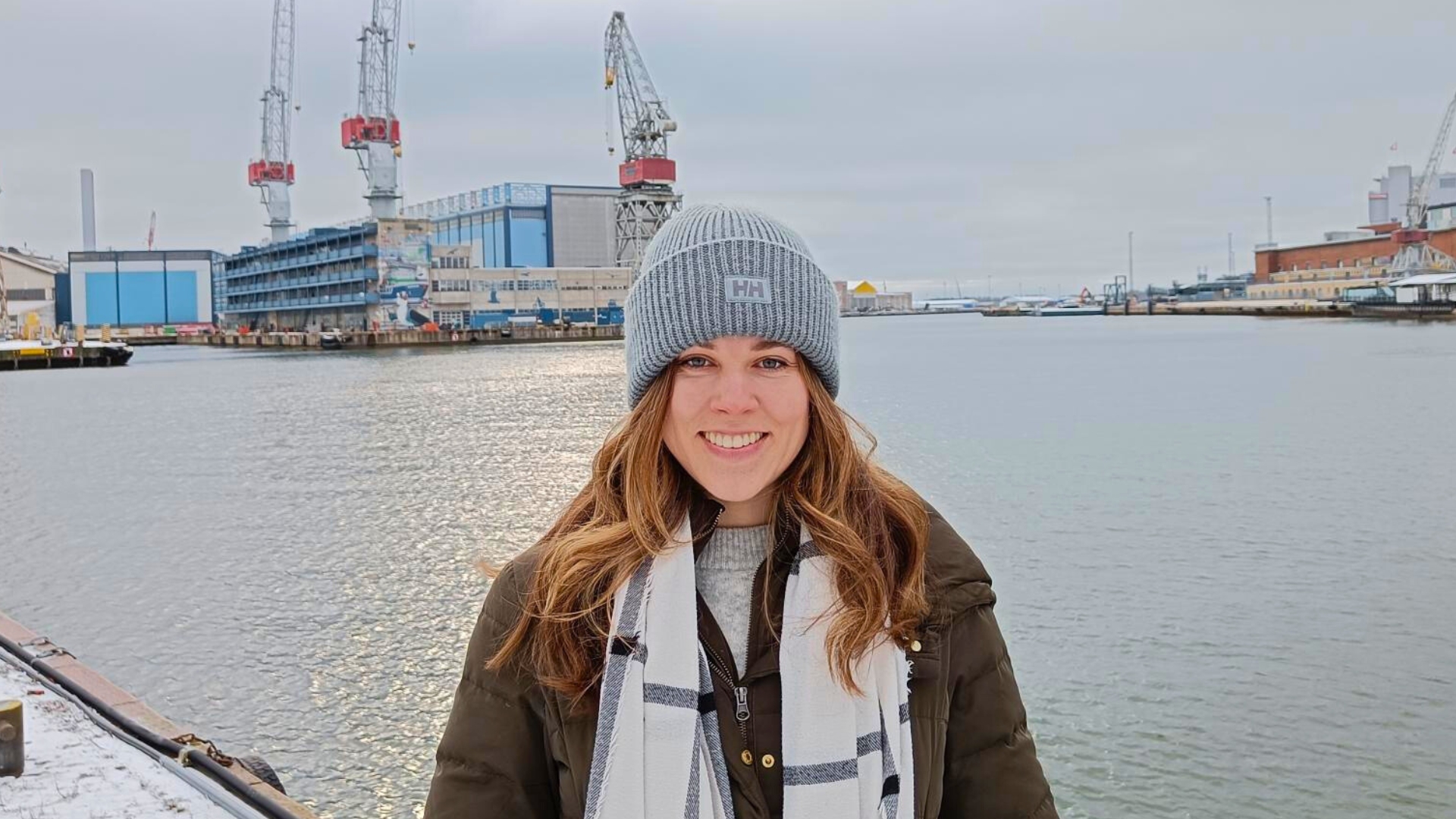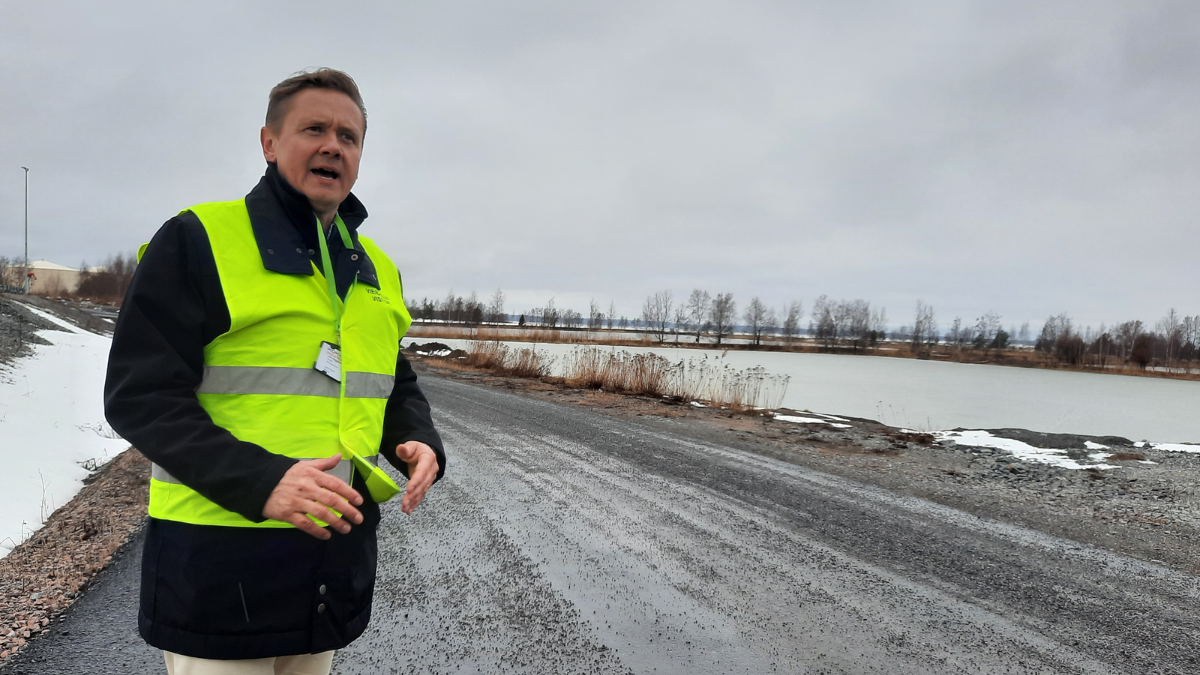The Baltic Sea Oxygenation and the Super-Green Hydrogen Economy project, also known as “BOxHy”, is a collaborative effort between Flexens, a strong regional developer of hydrogen projects, Lhyfe, one of the world’s pioneers in green and renewable hydrogen production for mobility and industry, and Stockholm University’s Department of Ecology, Environment, and Plant Sciences (DEEP).
The main objective of the project is to tackle the problem of “anoxia” (the complete lack of oxygen in the marine environment) in the Baltic Sea by injecting oxygen into the sea via adapted, existing technology. The project will evaluate suitable coastal locations for conducting a pilot study and investigate sector coupling opportunities with green hydrogen production. The project, led by Flexens, commenced in October 2023 and is expected to conclude in October 2024. The Baltic Sea Action Plan (BSAP) Fund is funding the project.
Injecting pure oxygen below the pycnocline could, in conjunction with external nutrient input limitation, eliminate anoxia in the Baltic Sea. In the BSAP-funded study published in Oct 2022, Vahanen and Jacobs investigated the concept. To continue the work, the BOxHy project will initiate the pilot site preparation for testing oxygen injection in the Baltic Sea.
Deep Oxygen Injection (DOI) – A Promising Solution for combatting Anoxia in the Baltic Sea
Deep oxygen injection, also known as DOI, is a method where pure oxygen gas is released deep under the water’s surface, below a region where strong changes in water density occur, using a system that spreads out the oxygen evenly with micro-bubbles. This type of system is already used in several freshwater lakes in the United States. The project will identify a suitable fjord-scale pilot site for DOI and begin its preparations, including stakeholder engagement and identifying potential funding sources.
“Restoring the oxygen conditions of the Baltic Sea deep water by long-term oxygen additions would have many positive effects on the Baltic Sea ecosystem”, says Jakob Walve, marine ecologist at DEEP, Stockholm University, and adds “The habitat for cod reproduction and feeding would greatly expand. We can also expect lowered phosphorus concentrations as more will be bound in sediments, and thus less intense bloom of nitrogen-fixing, toxic cyanobacteria”.
Revitalising the Baltic Sea: Linking Green Hydrogen Production to Marine Health
The estimated oxygen demand below the pycnocline in the Baltic Sea Proper and Gulf of Finland is 10,000 to ~15,000 tons per day. BOxHy proposes a symbiotic approach to Baltic Sea restoration by integrating it with the growing sector of green hydrogen production. The strategy involves utilising the oxygen co-produced during water electrolysis — a process of producing hydrogen — to rejuvenate marine ecosystems. This “super-green” hydrogen production can be vital for financing Baltic Sea Oxygenation.
“Given Flexens’ island roots and passion for the Baltic Sea, we are particularly thrilled to be managing and coordinating this project. Our role includes mapping existing and potential Power-to-X projects to find connections with anoxic regions and determining the electrolyser capacity required to meet the oxygen demand in these regions. We are also responsible for investigating the energy supply availability for potential large-scale electrolysers from planned offshore wind farms (e.g., in the Åland Islands)”, says project manager Szilvia Haide from Flexens.
“The project aims to not only explore the expansion of the ‘super-green’ hydrogen economy but also to ignite vital discussions on this topic. We’re actively engaging with key stakeholders to navigate the technical, financial, political, regulatory, and social landscapes essential for the success of this innovative initiative. We will also organise informational events and oversee the creation and publication of a project report”, continues Haide.
Research Expertise at the Core – Unlocking New Horizons in Green Hydrogen Innovation
The project is executed by a team of experts that bring their diverse range of knowledge to the table. French energy company, Lhyfe, has already piloted the world’s first offshore green hydrogen production facility via the Sealhyfe project of Le Croisic, France. As part of the BOxHy project, Lhyfe will investigate the integration of DOI technology with the offshore hydrogen production platform, and the replicability of the platform in the Baltic Sea environment.
In 2017, when Lhyfe was founded, the idea of Matthieu Guesné was to combine decarbonising transport and industry by producing green hydrogen, while at the same time using the co-produced oxygen to reoxygenate prone ocean regions. While the success of Sealhyfe is already proof of the possibility to produce green and renewable hydrogen offshore, the installation of a pilot reoxygenation unit is still a matter of research and development.
Matthieu Guesné, founder and CEO of Lhyfe: “Reoxygenation is at the heart of the Lhyfe project. Back in 2017, we imagined a way of massively decarbonising transport and industry by producing and supplying renewable hydrogen and, at the same time, contributing to the reoxygenation of the oceans as part of our offshore projects. We are very proud to be taking this next step with Flexens and DEEP, Stockholm University. Through this type of initiative, as well as reducing our carbon footprint, we can imagine providing a service to the environment and having a positive impact on the natural ecosystem.”
“My role as physical oceanographer working as oxygen advisor at Lhyfe is to secure the interest, sustainability and feasibility of reoxygenation as an artificial environmental mitigation measure. The aim is to help the marine environment in the vicinity of our upcoming coastal and offshore hydrogen production locations to withstand and/or abate low oxic conditions, implied by climate change and/or nutrient pollution. Lhyfe brings the needed experience in designing offshore hydrogen production platforms by water electrolysis, as well as expertise in physical oceanography to the BOxHy project. The project is a great opportunity to push the topic of reoxygenation in a responsible and strategic manner, and to start raising awareness of it among the science, engineering and political communities as well as society. Collecting and answering pressing questions concerning this topic towards an actual first pilot project is the main goal of the BOxHy project, and we are delighted to work with great project partners and external advisors from various disciplines on the subject”, says Dr. Patricia Handmann, Oxygen advisor at Lhyfe.
With extensive marine monitoring and research, DEEP at Stockholm University has followed the development of the Baltic Sea since the 1970s. “Over the years we have accumulated substantial expertise on the Baltic Sea ecosystem and its response to excessive nutrient loading and other impacts, from small, enclosed bays to the open Baltic Sea”, says Jakob Walve, marine ecologist at DEEP. “In the BOxHy project we will primarily evaluate the suitability of different coastal bays for testing oxygenation on a pilot scale. We need to assess anoxic areas and volumes and the oxygen additions needed to improve conditions in the bay. There are also a number of practical issues, such as access to the areas. On a larger, Baltic Sea scale, we will look more into detail at the distribution of anoxia and estimate the impact of potential oxygen inputs. We also need to formulate research questions for the pilot study, where the aim is to gain knowledge relevant also to the impact of larger-scale oxygen release.”
The project is also supported by the Science and Technology Advisory Committee (STACO), a panel of 9 experts in oxygenation from around the world. By forming this panel, we aim to bridge the knowledge gap between the scientific and engineering world concerning oxygenation, and to widen the horizon of possibilities for both. The STACO is chaired by Jakob Walve as scientific Co-chair and Patricia Handmann as industry Co-chair.
The project partners
Flexens Oy Ab is a project developer implementing Power-to-X technologies to enable societies to run on a 100 % renewable energy mix. Flexens was founded in 2018 to capitalise on the skills and capabilities created in building the world-leading RES testbed and demo, Smart Energy Åland, to capture the rapidly growing demand for renewable energy systems. Flexens has a solid commercial pipeline with substantial foreseen capacity in Finland and abroad.
www.flexens.com
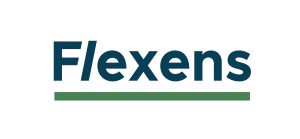
Lhyfe is a European group devoted to energy transition, and a producer and supplier of green and renewable hydrogen. Its production sites and portfolio of projects intend to provide access to green and renewable hydrogen in industrial quantities and enable the creation of a virtuous energy model capable of decarbonising entire sectors of industry and transport.
In 2021, Lhyfe inaugurated the first industrial-scale green hydrogen production plant in the world to be interconnected with a wind farm. In 2022, the company inaugurated the first offshore green hydrogen production pilot platform in the world. In 2023, it inaugurated its second and third sites, and currently has five sites under construction or expansion across Europe. Lhyfe is represented in 12 European countries and had 192 staff at the end of June 2023. The company is listed on the Euronext market in Paris (ISIN: FR0014009YQ1 – LHYFE). Lhyfe.com
Click to access the Lhyfe Media Kit (press kit and visuals)
Lhyfe Sweden AB, a limited liability company incorporated and existing under the laws of Sweden, with a share capital of 25,000 SEK, having its registered office located at c/o Cirio Advokatbyra AB, Box 3294, 103 65 Stockholm, Sweden, with registration number 559334-3857
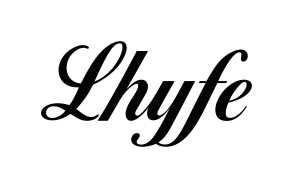
Stockholm University (SU) department of Ecology, Environment and Plants Sciences (DEEP) has 140 employees, including 35 teachers and researchers and ca. 50 PhD students. The research and education at DEEP include ecology and evolution, ecotoxicology, marine biology, plant physiology and plant systematics. The research has partly direct environment and society relevance and is often interdisciplinary. DEEP has a long tradition of Baltic Sea research including environmental monitoring of the Baltic Sea as an integrated part of the research. This links to the strategic focus on the Baltic Sea of Stockholm University and the work at Stockholm University Baltic Sea Centre.
https://www.su.se/department-of-ecology-environment-and-plant-sciences/

Read more about the Baltic Sea Action Plan Fund:
https://www.nefco.int/financing/other-regions/baltic-sea-action-plan-fund/
CONTACTS
Flexens
Marketing and Communications Manager Juha Uppa
+358 (0) 45 118 9585, juha.uppa@flexens.com
Lhyfe
Industry Press Relations:
Nouvelles Graines, Clémence Rebours
+33 (0)6 60 57 76 43, c.rebours@nouvelles-graines.com
Financial Press Relations:
ACTUS, Manon Clairet
+33 (0)1 53 67 36 73, mclairet@actus.fr
Investor Relations :
LHYFE, Yoann Nguyen
investors@lhyfe.com
Stockholm University
Project Manager Jakob Walve
+46 (0) 73 270 29 63, jakob.walve@su.se

Flexens Oy Ab is a project developer implementing Power-to-X technologies to enable societies to run on a 100 % renewable energy mix. Flexens was founded in 2018 to capitalise on the skills and capabilities created in building the world-leading RES testbed and demo, Smart Energy Åland, to capture the rapidly growing demand for renewable energy systems. Flexens has a solid commercial pipeline with substantial foreseen capacity in Finland and abroad.

